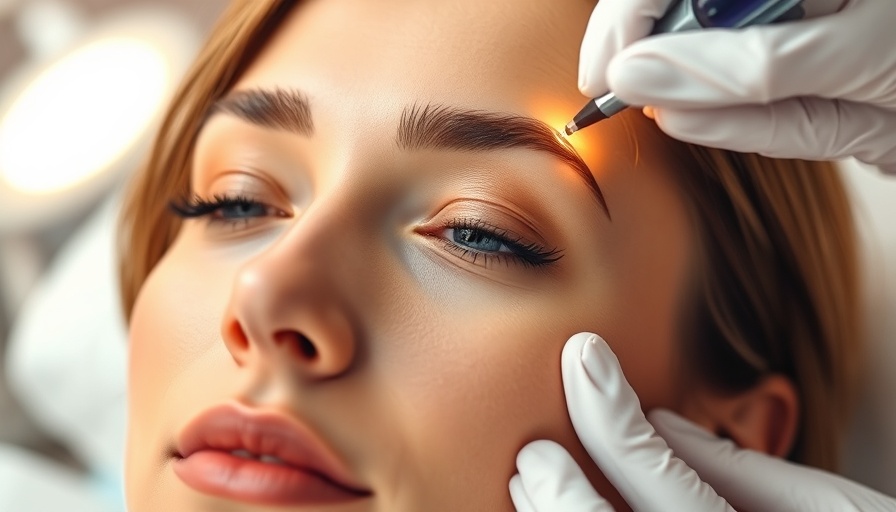
Botox: Beyond the Cosmetic World
When we think of Botox, facial aesthetics often come to mind. However, this versatile compound, derived from the Clostridium botulinum bacteria, is making waves in medical and dental circles far beyond its reputation for smooth skin. Recent research highlights Botox's ability to significantly alleviate conditions such as migraines, chronic pain, and temporomandibular joint (TMJ) disorders. With its rising applications, it's clear that Botox has stepped into a new role as a therapeutic powerhouse.
Therapeutic Benefits in Dentistry and Medicine
Practitioners are finding that Botox is not only non-invasive but also poses minimal risk compared to traditional methods, making it an attractive alternative. In dentistry, it has shown particular promise. Patients suffering from TMJ disorders, bruxism, and teeth grinding experience renewed calm through Botox's muscle-relaxing effects. The result is less tension in the jaw, temples, and head, which translates to a marked reduction in pain and a notable improvement in life quality.
Success Stories: Real-Life Applications of Botox
Case studies bring the benefits of Botox into sharp focus. For instance, among migraine sufferers who don't respond to conventional treatments, Botox has been a game-changer, significantly reducing both the frequency and severity of headaches. Studies in dentistry have documented its effectiveness for individuals with persistent TMJ pain, improving conditions like tongue mobility and reducing stress-induced behaviors such as clenching.
A Vision for the Future: Botox as a Key Player in Pain Management
As Botox continues to prove its worth across diverse medical arenas, its potential for broader pain management is clear. By integrating Botox into treatment plans, medical and dental professionals offer a progressive route to relief for patients who might seek more than just cosmetic solutions. With the right applications, Botox emerges as a beacon of hope for sustained pain management and wellness.
 Add Row
Add Row  Add
Add 




 Add Row
Add Row  Add
Add 

Write A Comment